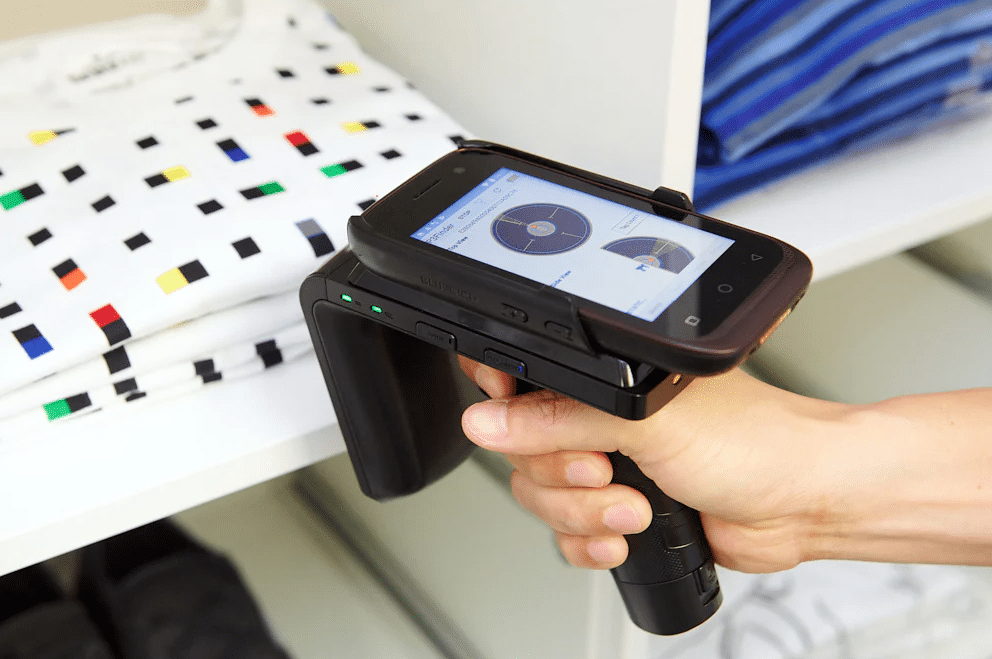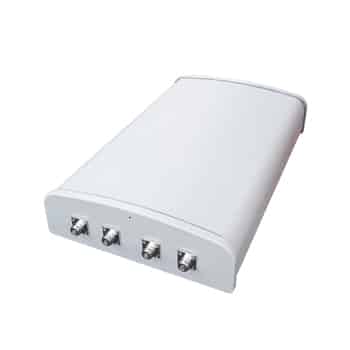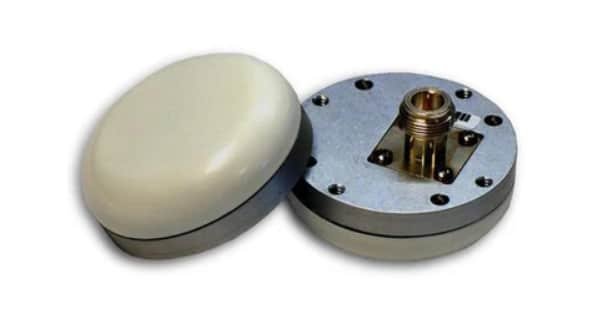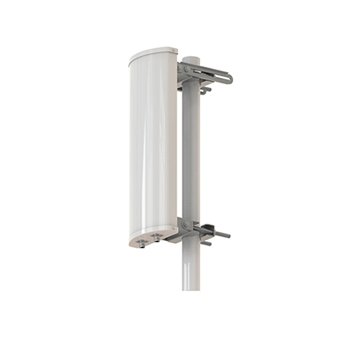
Radio Frequency Identification (RFID) is a vital communication protocol utilized extensively on the Internet of Things (IoT) and Machine-to-Machine (M2M) applications. The RFID reader, a critical component of this technology, operates based on the principles of electromagnetism. It sends an electromagnetic signal that interacts with an object, and by using an electrostatic coupling, the RFID reader can detect the presence of objects. RFID, and specifically RFID readers, are widely used in businesses and industries, making them very popular.
An RFID system typically comprises an RFID reader, an RFID tag, and an RFID antenna. The function of the RFID reader is to extract data from RFID tags, which store crucial user or product information. The role of the RFID antenna, on the other hand, is to facilitate the transmission and reception of information. In this article, we will focus on RFID readers and some of the key facts related to them. This is important as the global RFID market is valued at about $8.87 billion in 2018 and is predicted to increase up to $22.6 billion in 2026. Therefore, RFID readers are predicted to be one of the leading IoT technologies with applications ranging from security to retail businesses, and supply chain management.
Table of Contents
ToggleWhat is an RFID reader?
The RFID reader is the main component in an RFID system, responsible for reading information from RFID tags or labels. It will transmit radio signals to a close-by tag or label to receive information stored in the tag. RFID reader is important in an RFID system to read and interact with the information stored in an RFID tag. This information is usually sent to a computer or an embedded system capable of processing the acquired information.
Components of an RFID reader
An RFID reader consists of three main components, namely, the transceiver, the antenna, and the main control unit. The transceiver is responsible for sending and receiving radio signals. This transceiver consists of an oscillator, an amplifier, and a demodulator. Here the oscillator would generate the required radio signals at a given frequency. Then these signals are further amplified by the amplifier before transmission. The demodulator is used to decode the receiving radio signals so that the control unit can read those signals. The antenna is responsible for transmitting and receiving radio signals. It consists of a small coil operating at the same frequency as the transceiver, and it may also generate electromagnetic radiation to power up any passive RFID tags.
Finally, the control unit of an RFID reader is responsible for carrying out the processing of acquired information from the RFID tag. Some of these control units are also capable of storing some of the information and have a software application handling processing and storing.
What can Tesswave do for you?
Tesswave provide 100+ antenna products and you can contact us for antenna customized solutions, get in touch with us today to get a Free quote.
Get an Instant Quote
Get a FREE quote and we will contact you within an hour
How do RFID readers work?
RFID readers’ main function is to read information from the RFID tags or labels. This is carried out by first sending out radio signals by RFID readers. These signals are then again reflected by the RFID tags to the readers, which are demodulated by RFID readers. Finally, the received data is forwarded to the control unit for processing and storing.
Apart from their main functionality, RFID readers can provide power to passive RFID tags. This is carried out by the energy of the radio signals transferred from the RFID readers. The radio signals at the RFID tag’s end will induce a current that is used to power up the RFID tag.
Types of RFID Readers
RFID readers are categorized into three main types namely,
- Handheld
- Fixed
- Integrated
Handheld RFID readers are portable RFID readers, which can be used to read RFID tags mounted on places where a person should reach out, or on objects or stocks being dispatched. Examples of handheld RFID readers can be seen in stores and field services. They are widely used in asset tracking applications as well to track down assets in mobility. These RFID readers are usually battery-powered and are usually connected to the processing computer wirelessly.
Fixed RFID readers are fixed and are widely used in applications that involve bulk readings. Examples include inventory management and supply chain management businesses. These RFID readers are typically mounted on a fixed surface and the stocks are moved near it. To accommodate many readings, these readers have a high throughput and a long range.
Integrated RFID readers are integrated into a device like smartphones or tablets. These are mostly used in checkouts and applications where personal security or authorization is required. Another variety of integrated RFID readers can be mounted on top of vehicles, which are used for asset tracking and supply chain management applications.
Reading Ranges of RFID Readers
However, the reading range of RFID readers varies depending on many factors. These factors can be broadly categorized into two main categories, RFID system specifications and external environmental factors. The RFID system operating frequency can affect the reading range of the RFID reader, moreover, the size and orientation of the RFID tag also affect the RFID reading range. Apart from that internal circuitry can also affect the reading range of RFID readers. Moreover, some RFID readers would have the option to change the RFID reading range as per the user’s requirement. Finally, the antenna gains and polarization also can affect the reading range of the RFID reader. Different environmental conditions can either improve or degrade the RFID reading range. Humidity can alter the ionization levels of the environment and cause changes in electromagnetic performance. Moreover, the presence of equipment or objects which would interfere with RFID operation also can affect the RFID reading range.
Applications of RFID readers
RFID readers are widely used in different fields including logistics, healthcare, and retail businesses. Some of the significant applications are listed below:
- Logistics: RFID readers can be used in inventory management, and for asset tracking
- Retail businesses: RFID reader applications in retail businesses include customer checkout, and security and authorization applications
- Healthcare: In healthcare, RFID readers are employed for patient identification and asset tracking such as surgical beds
- Manufacturing: In manufacturing, RFID readers can be used for quality control and to trace the product’s origin
The Role of RFID Readers in Data Management
The use of RFID readers in business applications has increased the efficiency of data management and data process of business. The data read from the RFID tags usually contain product-specific specifications and identification information related to the products. This data is used for identification, authorization, and for security requirements. Employing RFID readers increases the efficiency, scalability, and accuracy of the data management process. It is also faster to use RFID readers than humans.
Conclusion
In this article, we briefly discuss the importance and basic functionality of RFID readers. RFID readers play a key role in serving and processing the information acquired from RFID tags. It also helps in fulfilling the data management and processing requirements in the business. Therefore, retailers and businesses should consider employing RFID systems in their business activities.








